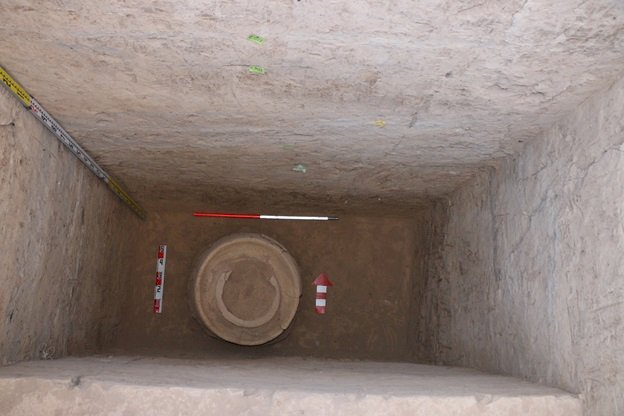INSUBCONTINENT EXCLUSIVE:
southern Iran.Evidence from a prehistorical settlement has come to light after archaeologists carved several trenches in Tall-e Qaleh to
of archaeological layers at the site
Elamite-era mudbrick structure, the archaeologist explained
In addition, the team discovered some tomb chambers with urn burial places.The excavations, however, came to an end when archaeologists
reached intact soil at a depth of 620 cm below the surface.Experts believe the ecosystem of Marvdasht plain, which was once the seat of
power for the Achaemenid Persian Empire (c
civilization in this region.That is why the remains of different settlements and cultures have been discovered during many excavations
carried out in ancient hills and historical sites of the plain, cultural heritage expert Hamid Fadaei says.The ancient region, known as Pars
(Fars), or Persis, was the heart of the Achaemenid Empire founded by Cyrus the Great and had its capital at Pasargadae
Darius I the Great moved the capital to nearby Persepolis in the late 6th or early 5th century BC
Alexander the Great defeated the Achaemenian army at Arbela in 331 and burned Persepolis apparently as revenge on the Persians because it
seems the Persian King Xerxes had burnt the Greek City of Athens around 150 years earlier.Persis became part of the Seleucid kingdom in 312

